People don’t often think about dog bowls, let alone think there are better and best dog bowls for your pet. They’re sitting there quietly, minding their own business. But if you were to take a microscope to the party of bacteria that is happening, you’d realize that those bowls aren’t quiet at all – it’s more like the clubs you sneak into when you were 19 – skeezy and gross!
Similarly, when drinking out of a re-usable or one-use water bottle, you’ll taste the difference. The same goes for our doggos and they usually have the same bowls for food and water for YEARS.
That’s why I’m going to break down which bowls are safest for your dog, how often to clean, and how to best clean your dog’s bowls.
So, what are the best dog bowls for safety?
How Often Should I Clean My Dog’s Food and Water Bowls?

Just like we clean our dishes after every meal to prevent food particle build-up and bacteria growing on our plates, your dog‘s bowl should be cleaned at the same frequency for these reasons. Especially if you feed canned wet food or pre-packaged ‘‘homecooked’ style foods (think Just for dogs or Spot and Tango). Basically, if you feed anything with moisture this may result in food particles sticking to their dish, unlike dry kibble. And you wouldn’t eat from a plate that had crusty, day-old food adhered to it, so neither should your dog.
Ideally, your dog’s bowl should be – at a minimum – rinsed and wiped down with hot water (even better if you do this with a teeny amount of dog-friendly dish soap) after each meal. This will prevent food from building up and drying out which can then result in contamination of your dogs next meal.
If you feed dry food, wiping down the bowl once a day with a damp paper towel is typically sufficient (as a bare minimum), however, a quick rinse under hot water once they’re done eating would be better.
Furthermore, putting the bowl through the dishwasher (even if these are your hands) once a week is necessary to ensure you clean off any sticky leftovers and/or bacterial build-up.
When it comes to water bowls, topping up your dogs water bowl is acceptable for 1-2 days at most. After this, you should completely empty the bowl of water, and clean it with hot water and dish detergent, letting it air dry. Or better yet, run it through the dishwasher at this point, to ensure there is no water scum build-up resulting in bacterial pathogens or other nasty contaminants floating about in your dog’s water bowl waiting to be lapped down.
What products should I use to clean my dog’s bowl (and can I use my dishwasher?)

If you have a dishwasher, then you’re in luck (sorry most NYC apartment inhabitants!). But the dishwasher is going to be the best place for cleaning (dishwasher safe) bowls. This is because the high temperatures of the water in combination with your dish detergent will be most effective at eliminating the nasty pathogens that accumulate during and after your dog’s feeding frenzy.
For an extra-sanitizing boost, you can soak your dog bowls for approximately 10 minutes in a bleach/water solution prior to running them through your dishwasher on high heat.
For those of you whose dishwasher is your own two hands, soaking your dog’s bowl in hot water with a small amount of normal dishwashing detergent (and or the bleach/water combination mentioned above) will help loosen any remaining food particles prior to scrubbing them with a specifically designated ‘dog bowl only’ sponge (you don’t want to accidentally clean your casserole dish with your dog’s leftover food particles!). Again, using hot water and your regular dishwashing detergent should do the trick, just ensure you rinse off any remaining soap really well prior to feeding your dog again.
TLDR
(too long didn’t read – aka a summary)
Food bowls:
Yey – Stainless steel, silicone
Nay – Plastic, aluminum, +/- ceramic
Washing – Rinse daily (ideally after every meal, particularly if feeding ‘moist foods’). Full cleaning at least weekly, the dishwasher is ideal, otherwise hot water, a sponge, and dish detergent works well.
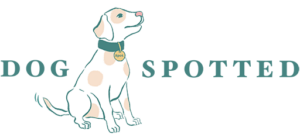
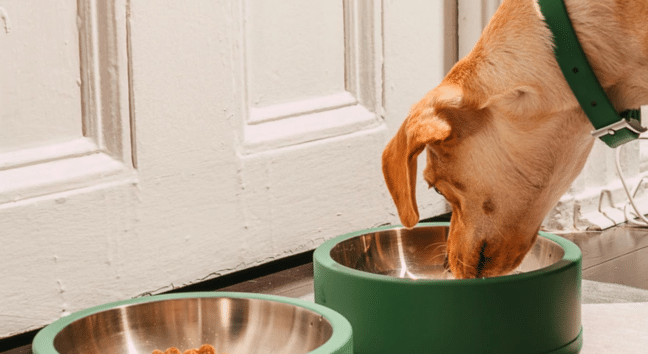
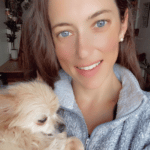
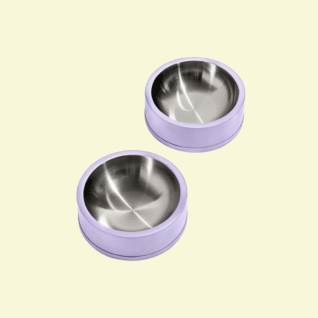
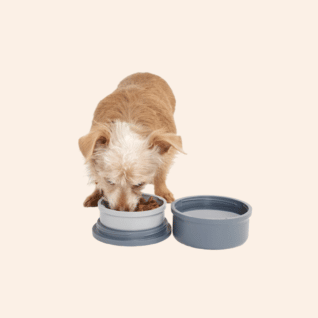


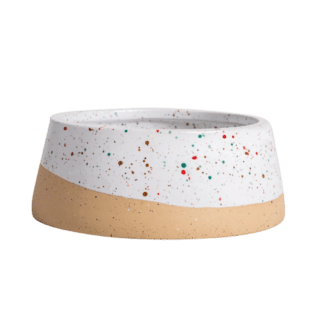
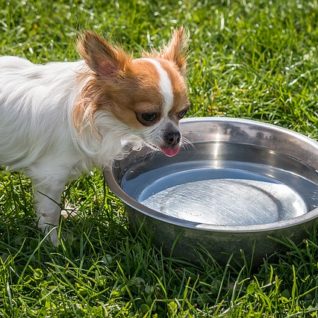



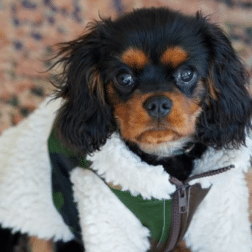
Conversation